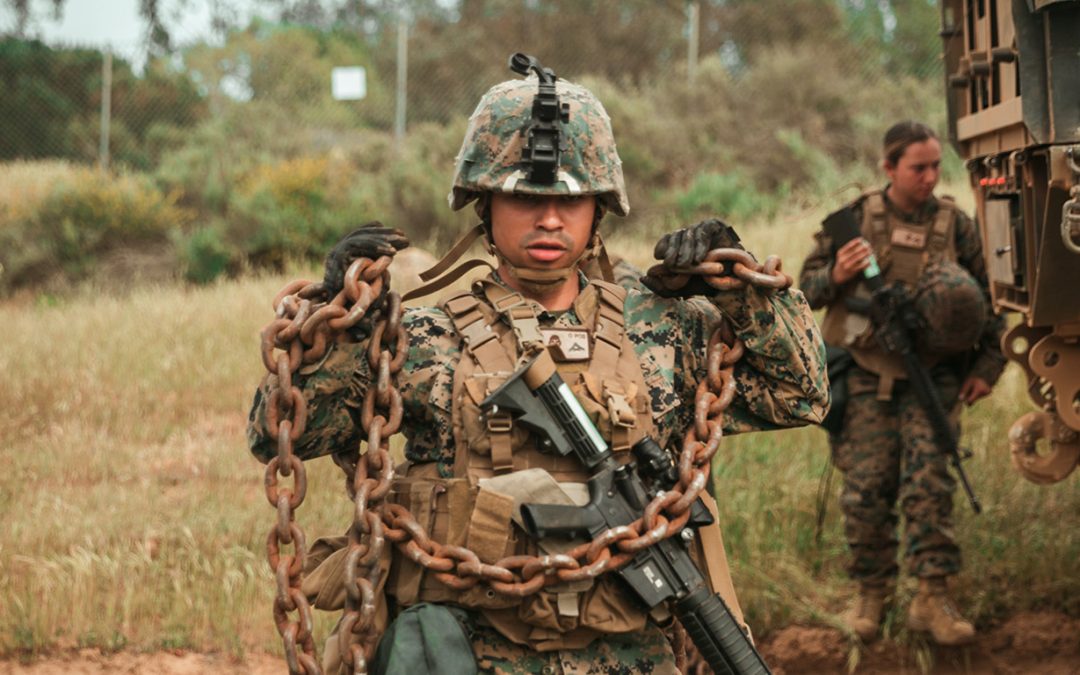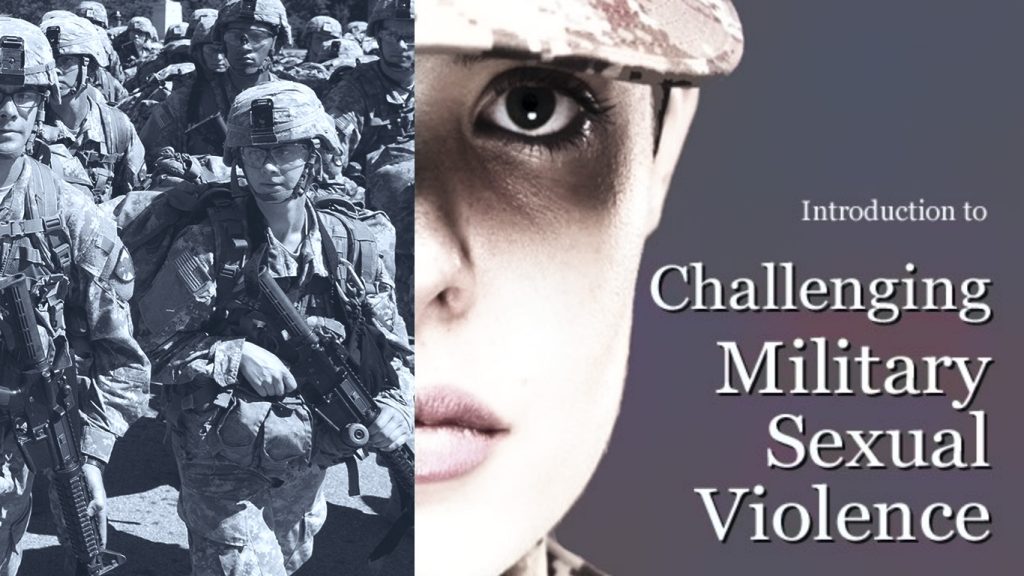Below is our new statement on racism in the military:
The Military Law Task Force of the National Lawyers Guild was formed in the 1970s following the work of the Military Law Office during the Vietnam War. The Task Force believes that the armed forces in the United States, during this period of history, pose concerns for all people interested in civil and human rights. As an institution, the military is used to carry out an immoral, interventionist foreign policy. To maintain the availability of such a force, men and women in uniform are routinely deprived of civil liberties and subjected to bigotry, abuse and harassment.
Throughout its history, the military has been used to suppress the territorial claims of Native Americans and the claims for freedom and equality made by people of color. The military was segregated by law for most of its history, with formal repeal occurring only in 1948. Commissioned Officers today are 73% White. Beginning in the late 19th century, the military expanded its role as an imperialist force. There have been at least 25 foreign interventions by the U.S. in support of regime change during the period 1948-2012. The military reportedly has approximately 750 bases in 81 countries.
It is in this context that the military creates a sense of “other,” objectifying races and populations around the world using a sense of racial superiority to bolster the idea that the “enemy” is less than human. U.S. military history is replete with examples of this, from the use of the N-word in Haiti and the Philippines to the use of the word “gook” in Korea and Vietnam and “raghead” to motivate troops in more recent conflicts. This begins in training where the military often singles out troops of color for harassment and humiliation to emphasize that “otherness” in order to build racist attitudes among other troops.
Given this history and mission, it is not surprising that racism is a systemic problem in the U.S. military. For example, the Military Times reported that a GAO report released in May 2019 found evidence that black and Hispanic troops were more likely than their white peers to be investigated by military commanders and tried in courts-martial, but not any more likely to be found guilty. The report also found inconsistencies in how racial data related to court cases is collected and chastised military leaders for being slow to react to the report’s recommendations a year later. Reuters reports that servicemembers rarely file formal Equal Opportunity complaints when compared to their civilian employee counterparts within the Defense Department. For example, the rate for the Army is one-fifth the number filed by its civilian workforce and for the Air Force one-third the number. The reason seems to be obvious – in 2019 the number of substantiated complaints was 6% in the Navy, 18% in the Air Force and 35% in the Army. According to the AP, surveys taken on aircraft carriers in 2019 showed that nearly 1 in 4 sailors said they could not use their chain of command to report incidents of racism without fear of retaliation or reprisal, and 4 out of every 10 said discipline is unfairly administered.
It is important to add that the pervasive racism that infects the military reflects the U.S. generally. It is no answer that Colin Powell was chair of the Joint Chiefs of Staff any more than it is an answer that Barack Obama was elected president. The fact that a few people of color rise to the top may create the illusion of equality, but it does not change the reality. Poor whites with few job opportunities are recruited as cannon fodder for U.S. imperialism. So long as white, low-ranking enlisted personnel can be made to feel they have more in common with white officers than E-1’s and E-2’s of color, they will remain pawns of the aristocrats who hold power over the military and the U.S. political system. Racism has always been used to divide the poor who would otherwise be natural allies and that is exactly how it is used in the military as well.
Finally, white supremacist extremist activity is a long-standing problem in the military. The Southern Poverty Law Center has been documenting white supremacist infiltration of the military and urging officials to take action since 1986. Since that time, the problem has only grown. A 2020 Military Times poll found that 57% of servicemembers of color said they had witnessed incidents of racism or racist ideology. In addition, 48% of all participants listed white nationalists as a major national security threat. This was confirmed when it turned out that 1 in 5 defendants in capitol riot cases served in the military. Since that time, the military has updated its policy with regard to extremism, however this policy fails to mention “racism” or “white supremacy” but instead defines extremist activities as “to deprive individuals of their rights” and “advocating widespread unlawful discrimination based on race . . .” The new instruction places the onus of detection and enforcement on commanders. While there are reporting requirements for local commands, it’s not clear the commander must report if she or he doesn’t think active participation or real extremism is occurring. This will make for uneven enforcement, and allow commanders with extremist sympathies to avoid action.
The MLTF stands ready to assist those within the military who are struggling against its pervasive culture of racism. We also work with other allied groups attempting to enact meaningful policy changes in this area. As we do this work we are mindful of the fact that without a revolutionary cultural and institutional shift in the mission of the military, racial oppression will continue to exist both for servicemembers and civilian victims around the world.



